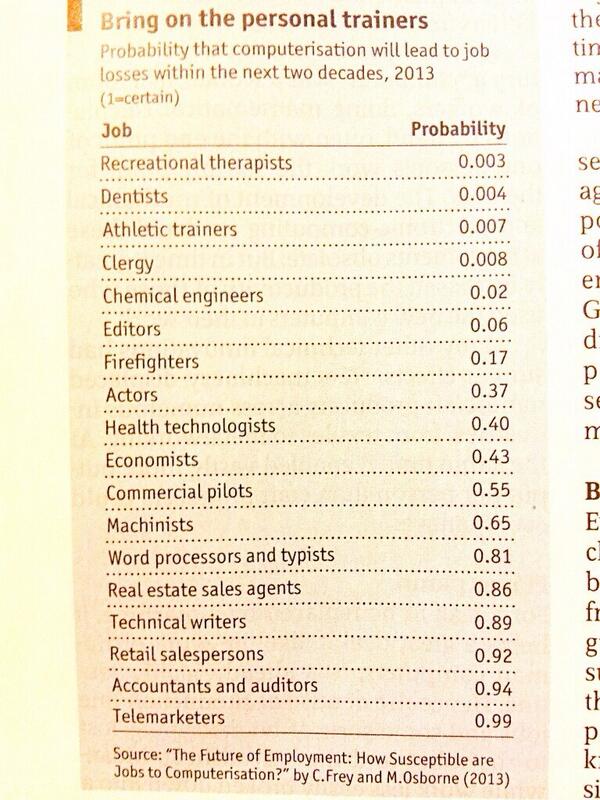From Frequency to Meaning: Vector Space Models of Semantics by Peter D. Turney and Patrick Pantel.
Abstract:
Computers understand very little of the meaning of human language. This profoundly limits our ability to give instructions to computers, the ability of computers to explain their actions to us, and the ability of computers to analyse and process text. Vector space models (VSMs) of semantics are beginning to address these limits. This paper surveys the use of VSMs for semantic processing of text. We organize the literature on VSMs according to the structure of the matrix in a VSM. There are currently three broad classes of VSMs, based on term–document, word–context, and pair–pattern matrices, yielding three classes of applications. We survey a broad range of applications in these three categories and we take a detailed look at a specific open source project in each category. Our goal in this survey is to show the breadth of applications of VSMs for semantics, to provide a new perspective on VSMs for those who are already familiar with the area, and to provide pointers into the literature for those who are less familiar with the field.
At forty-eight (48) pages with a thirteen (13) page bibliography, this survey of vector space models (VSMs) of semantics should keep you busy for a while. You will have to fill in VSMs developments since 2010 but mastery of this paper will certain give you the foundation to do so. Impressive work.
I do disagree with the authors when they say:
Computers understand very little of the meaning of human language.
Truth be told, I would say:
Computers have no understanding of the meaning of human language.
What happens with a VSM of semantics is that we as human readers choose a model we think represents semantics we see in a text. Our computers blindly apply that model to text and report the results. We as human readers choose results that we think are closer to the semantics we see in the text, and adjust the model accordingly. Our computers then blindly apply the adjusted model to the text again and so on. At no time does the computer have any “understanding” of the text or of the model that it is applying to the text. Any “understanding” in such a model is from a human reader who adjusted the model based on their perception of the semantics of a text.
I don’t dispute that VSMs have been incredibly useful and like the authors, I think there is much mileage left in their development for text processing. That is not the same thing as imputing “understanding” of human language to devices that in fact have none at all. (full stop)
Enjoy!
I first saw this in a tweet by Christopher Phipps.
PS: You probably recall that VSMs are based on creating a metric space for semantics, which have no preordained metric space. Transitioning from a non-metric space to a metric space isn’t subject to validation, at least in my view.
